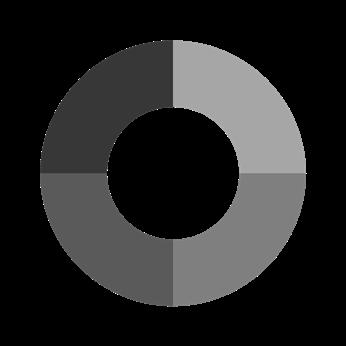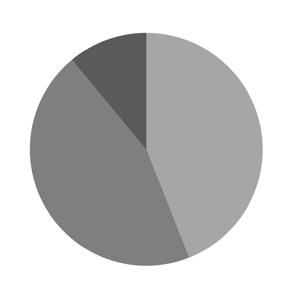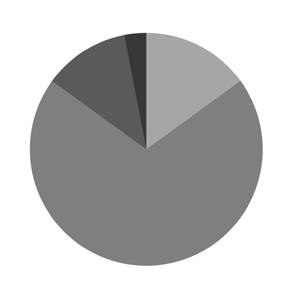
1 minute read
IDENTIFYING THE PROBLEM
Types Of Compulsive Shoppers
Compulsive shopaholics
Advertisement
Trophy shopaholics
Status shopaholics
The Four Phases Of Compulsive Buying
who shop under emotional distress who obsessively shop for the perfect item who shop to maintain the image of a big spender with flashy items
Bargain seekers who purchase items on sale even if they don’t need them
Bulimic shoppers
Collectors who are caught in a vicious cycle of buying and returning who don’t feel complete unless they are in possession of certain sets of handpicked items
WHAT DO PEOPLE OFTEN BUY ?
PHASE 4 SPENDING

PHASE 1 ANTICIPATION
PHASE 3 SHOPPING
PHASE 2
PREPARATION
HOW OFTEN DO PEOPLE PURCHASE ITEMS THEY DON’T NEED OR DIDN’T PLAN TO BUY?
HOW OFTEN PEOPLE GO SHOPPING TO IMPROVE THEIR MOODS? 11%


Anticipation
Person with CBD develops thoughts, urges, or preoccupations with either having a specific item or with the act of shopping.
Preparation
Person prepares for shopping and spending.
This includes decisions on when and where to go, on how to dress and even which credit cards to use. Considerable research may have taken place about sale items, new fashions or new shops.
Shopping
The actual shopping experience which many individuals with CBD describe as intensively exciting. Person gets a “high” from the shopping experience.
Spending
The act is complete with a purchase often followed by a sense of let down or disappointment with oneself.
In a study of antecedents and consequences of CBD, Miltenberger reported negative emotions. (Depression, Anxiety, Boredom, Self-critical thoughts, anger) were mostly cited antecedents of CBD, while euphoria or relief from the negative emotions were the most common consequence.






